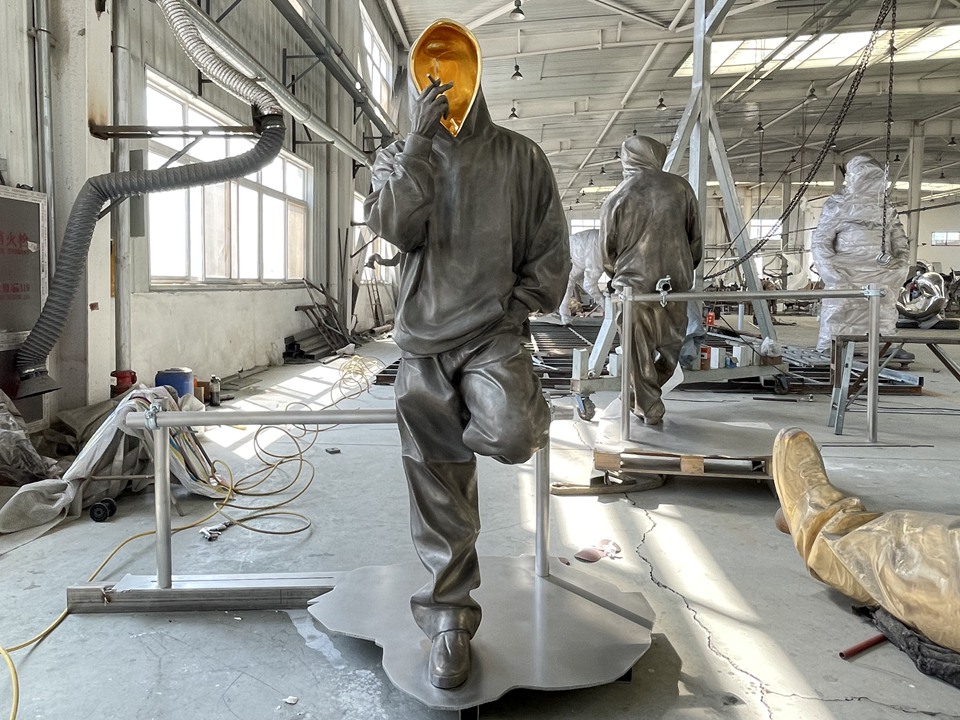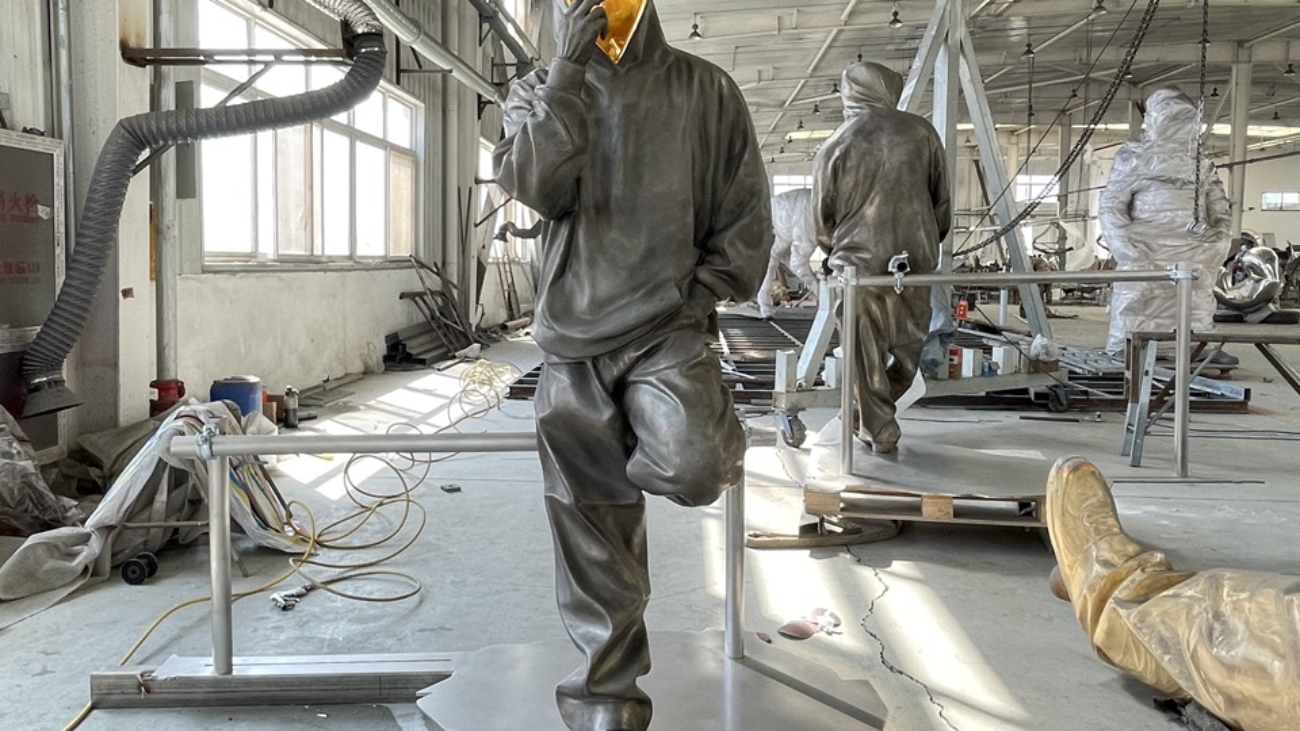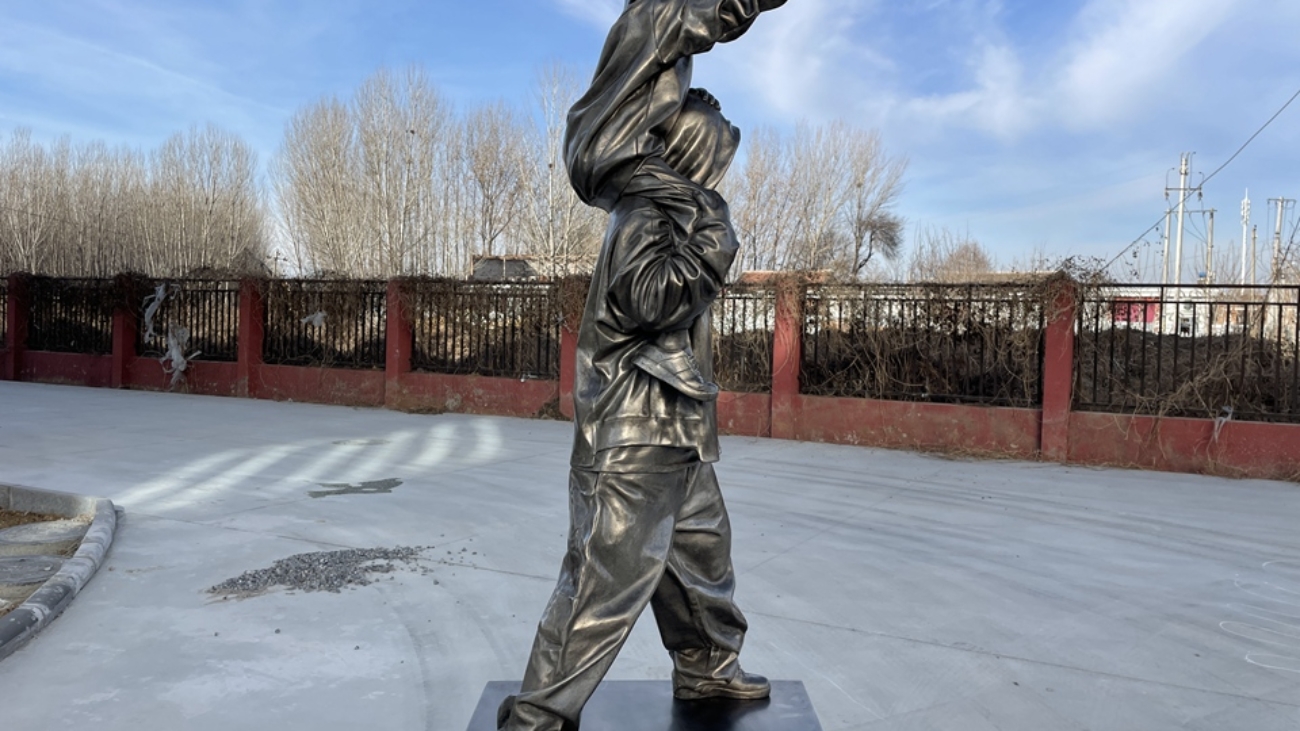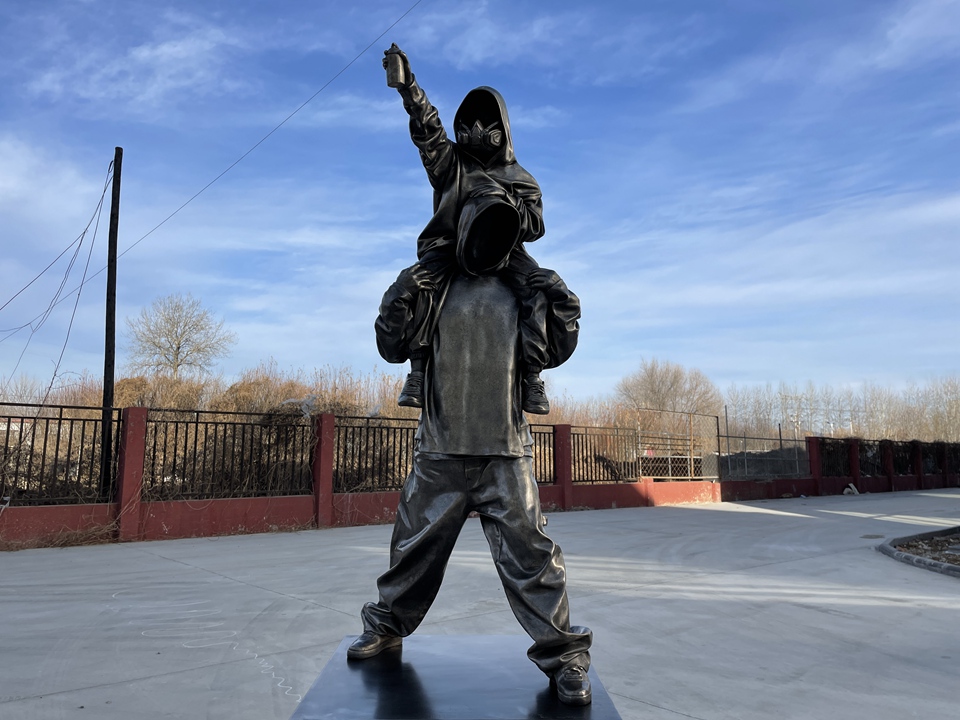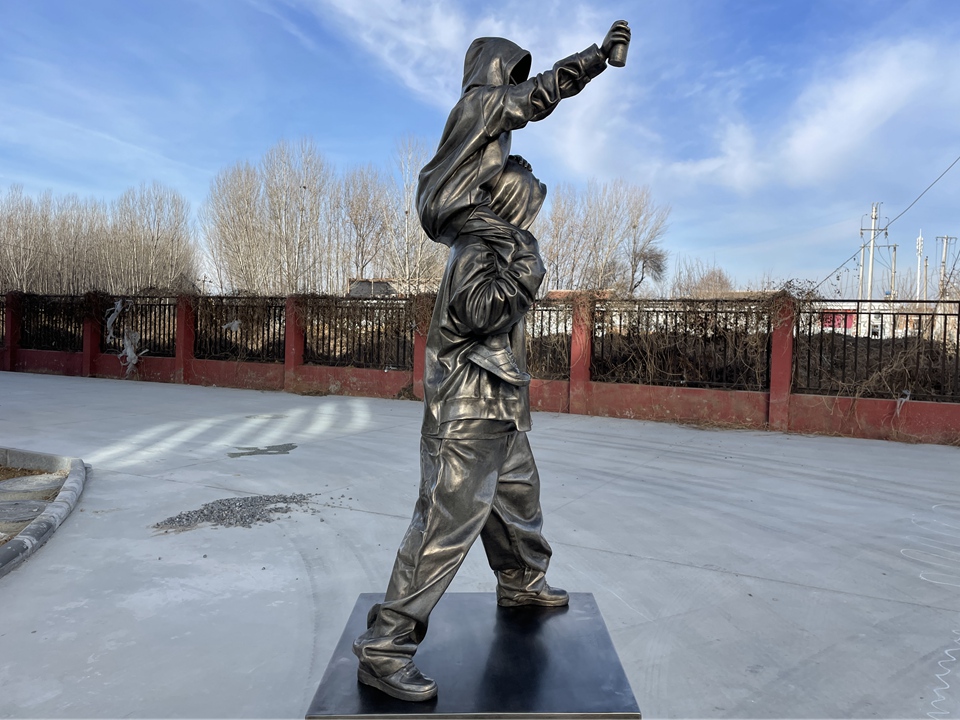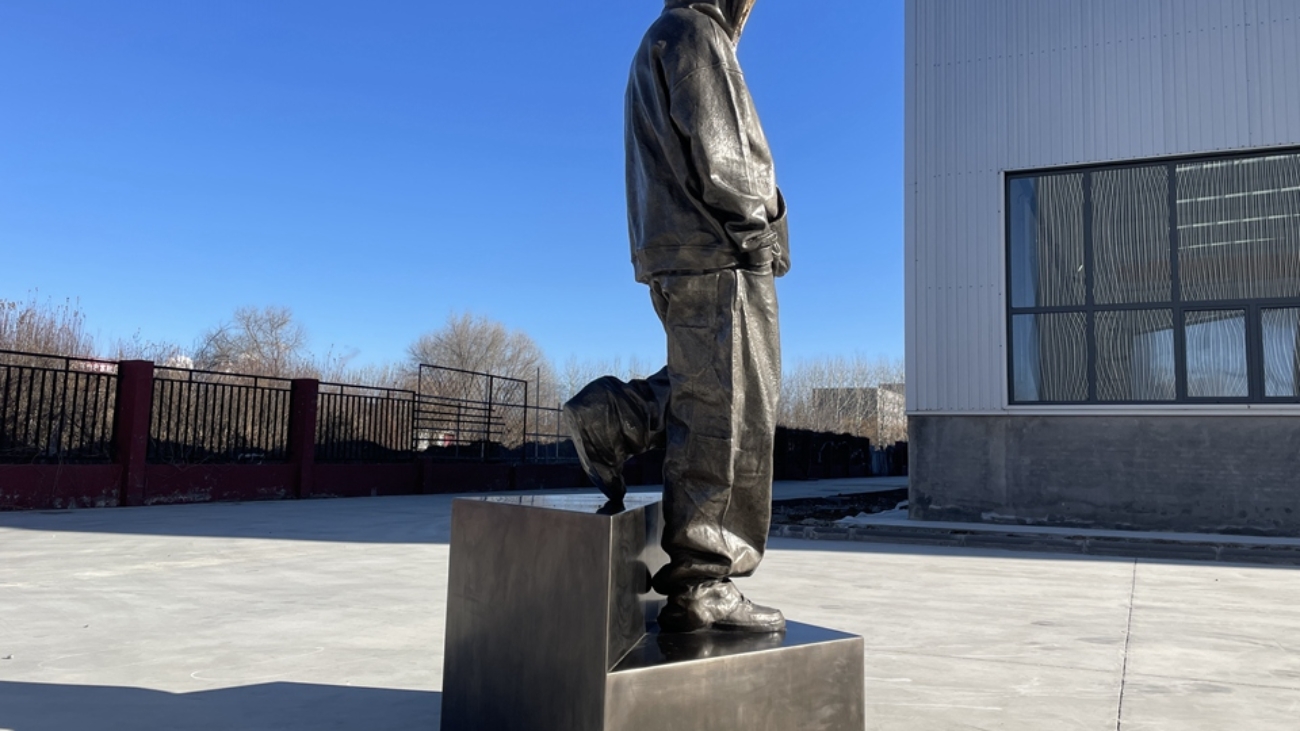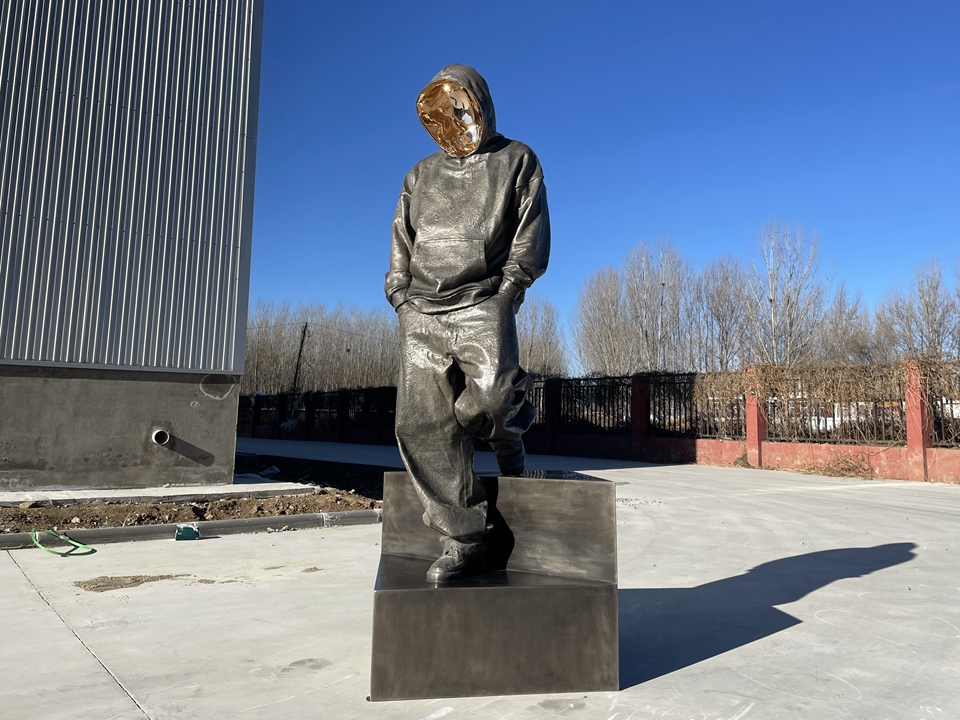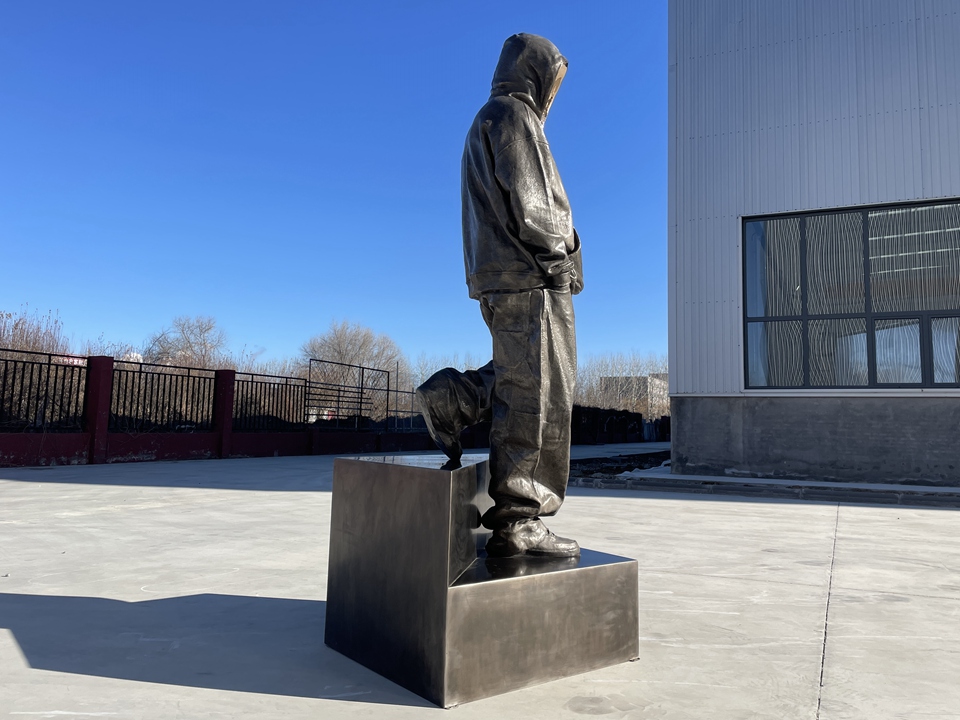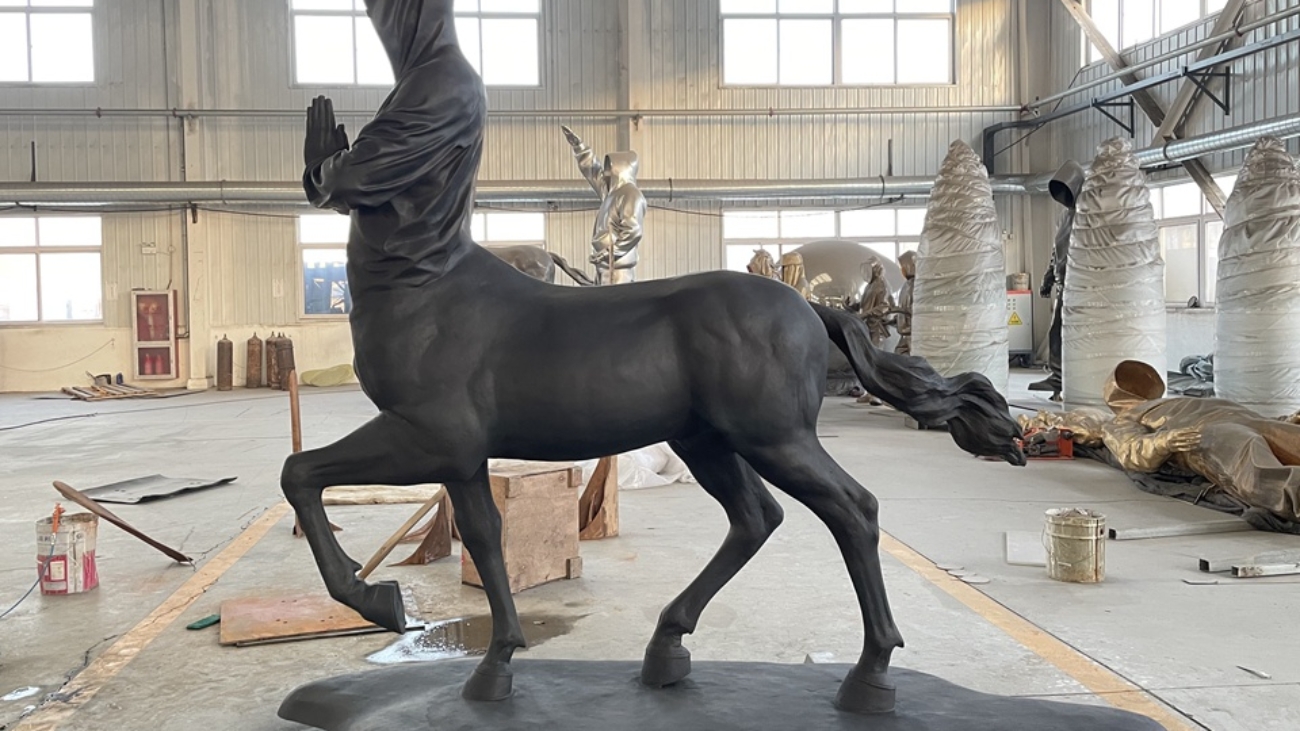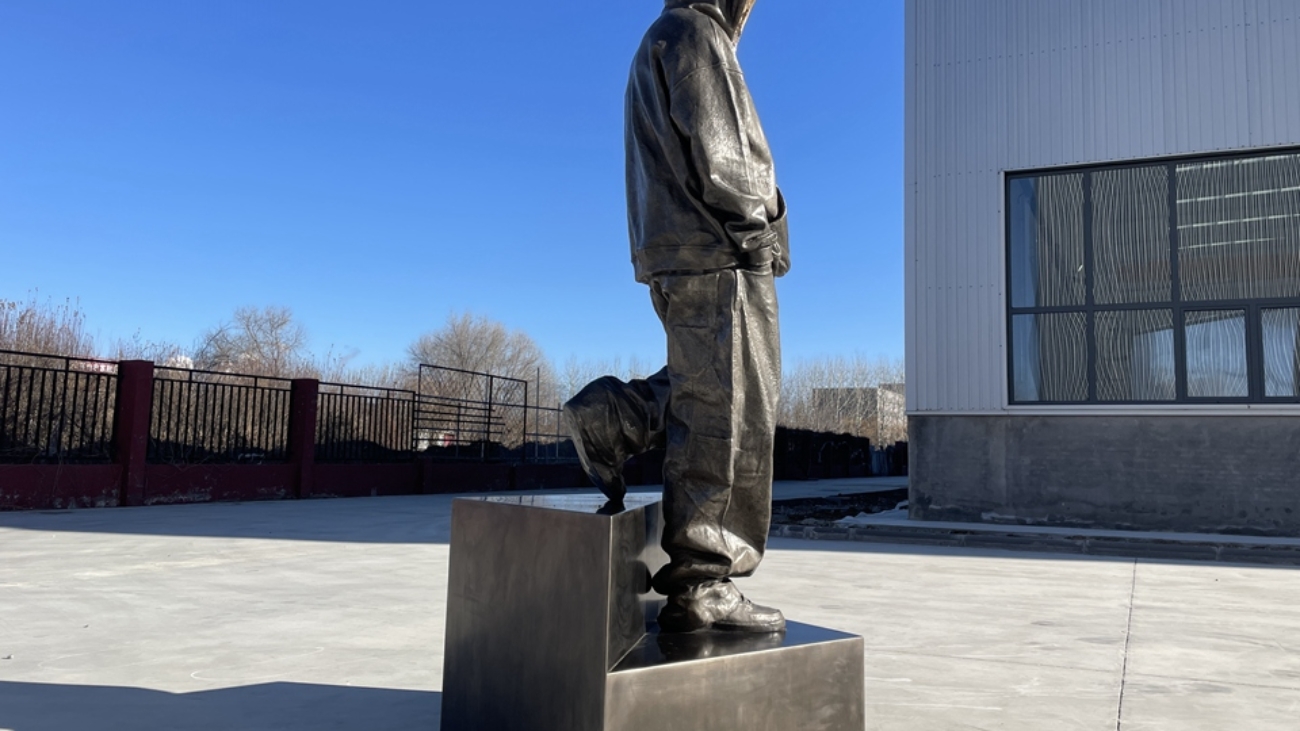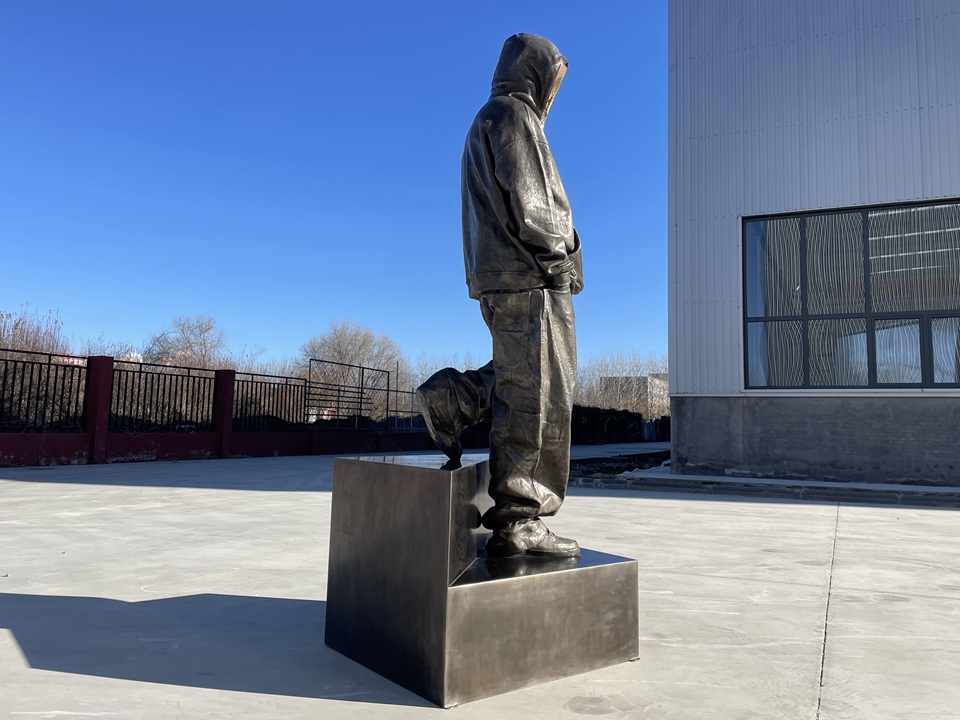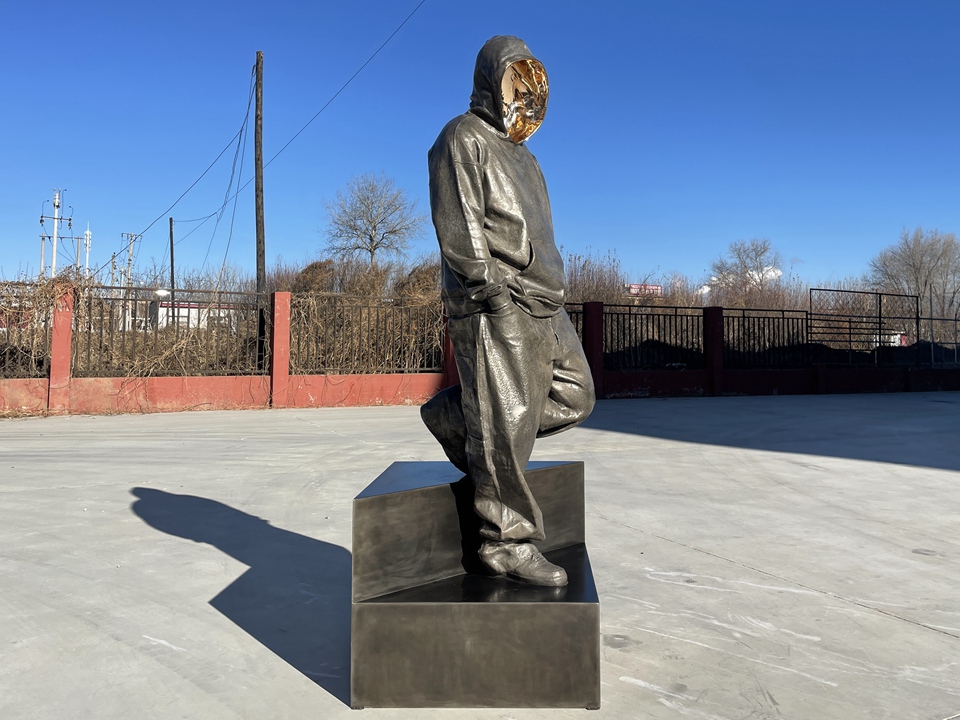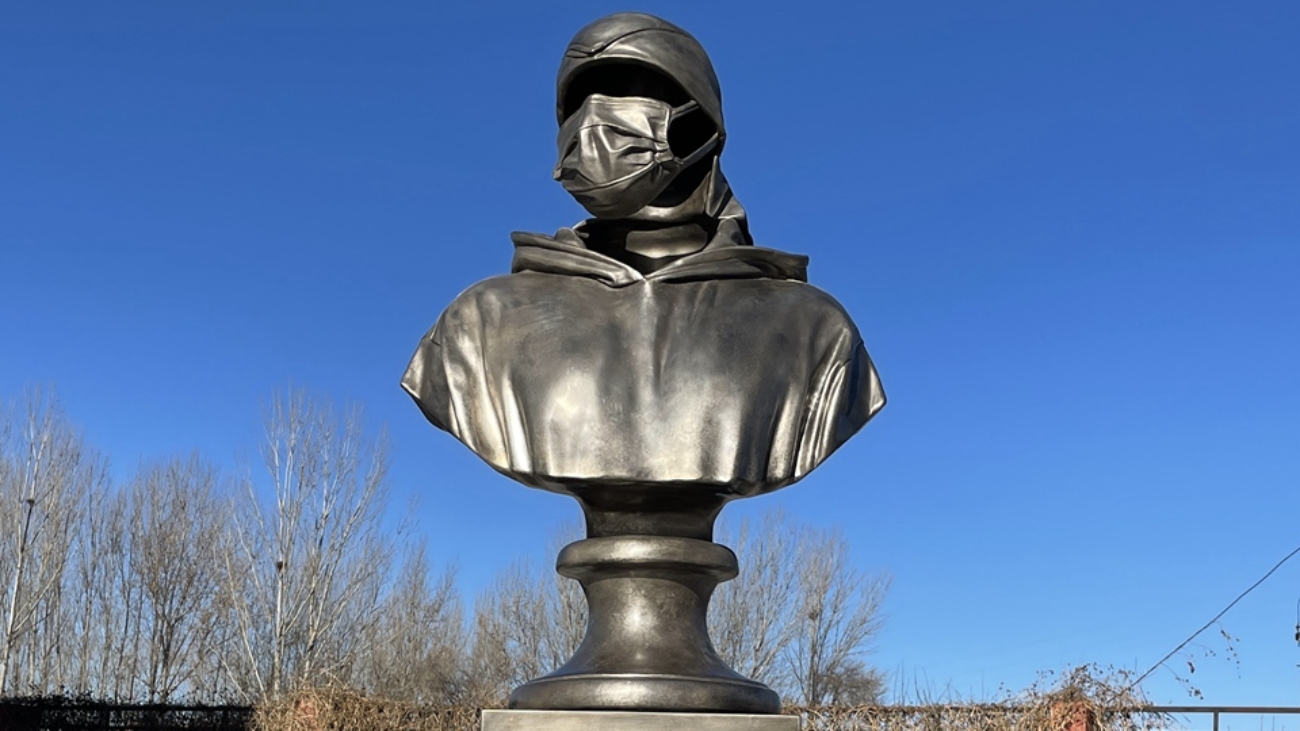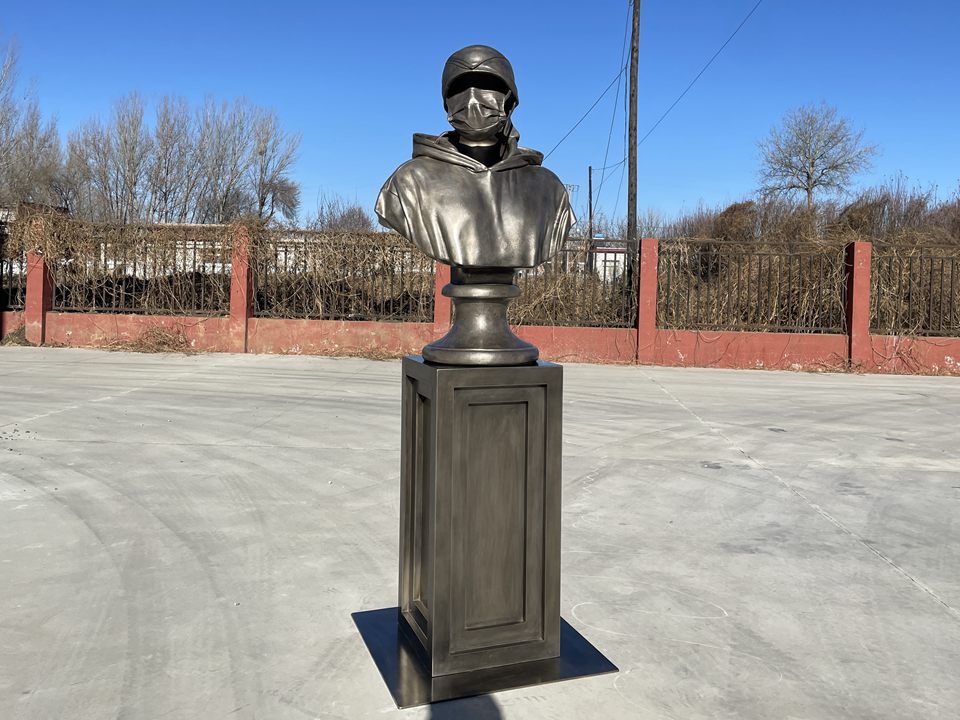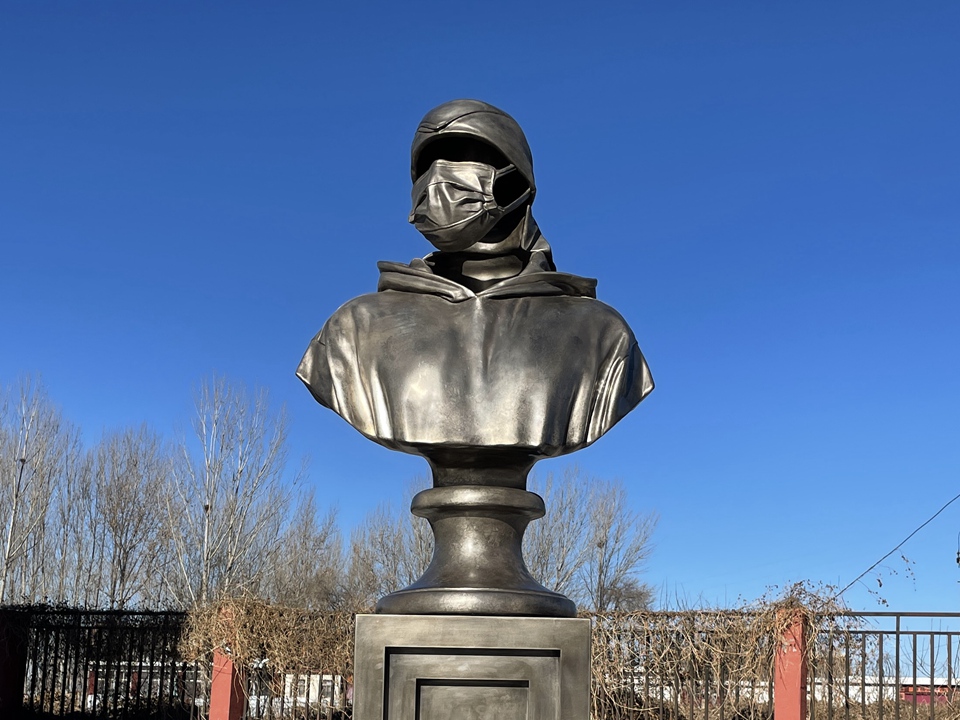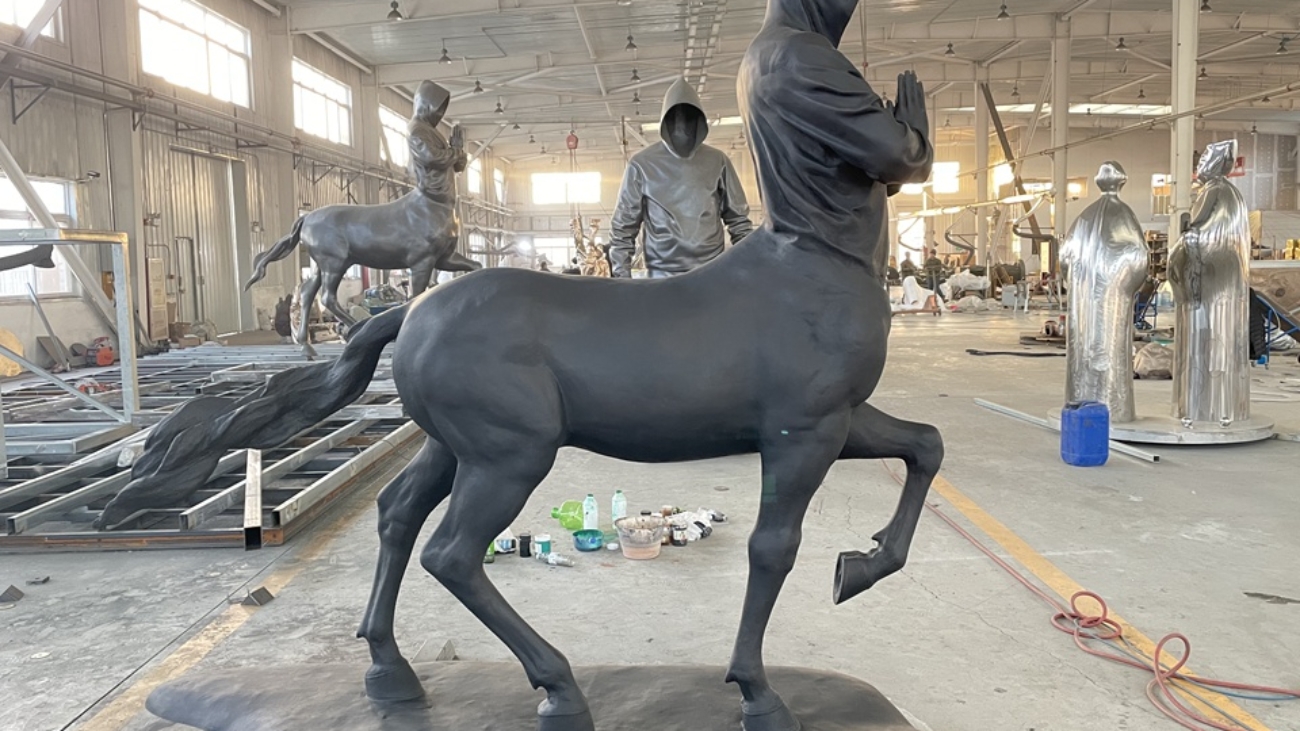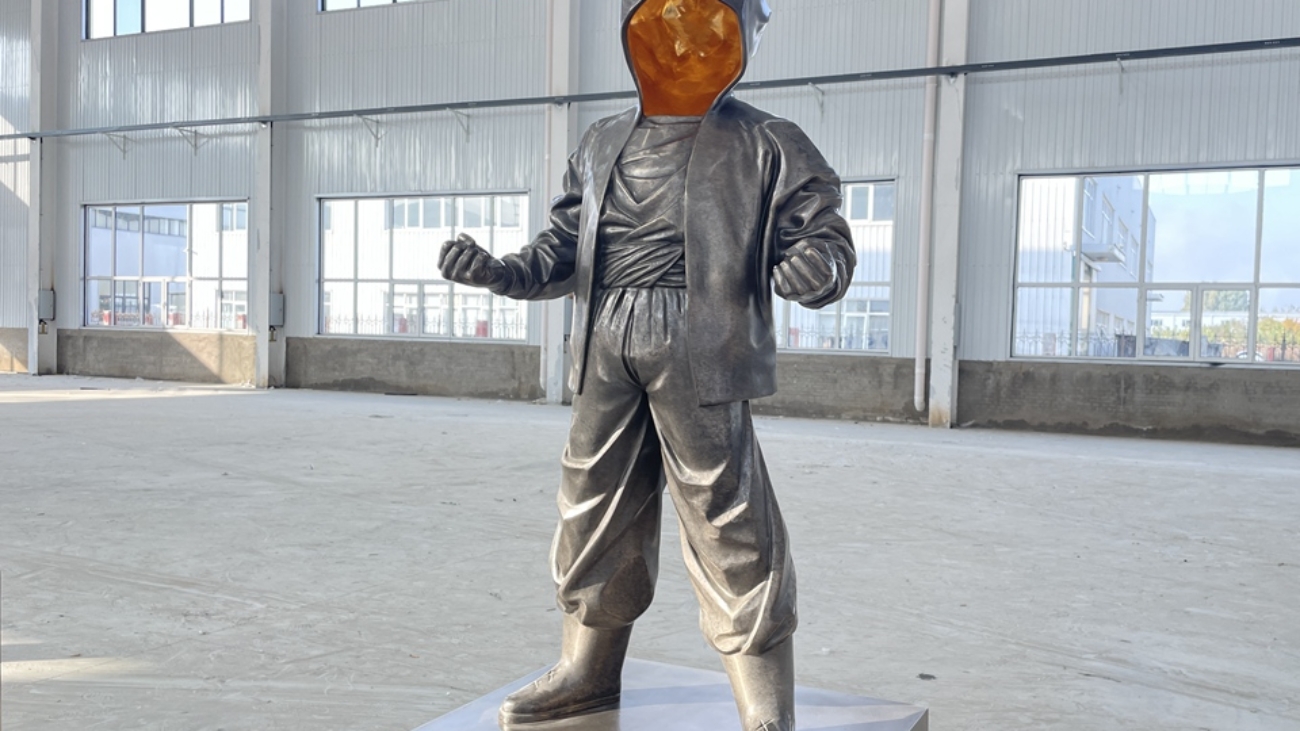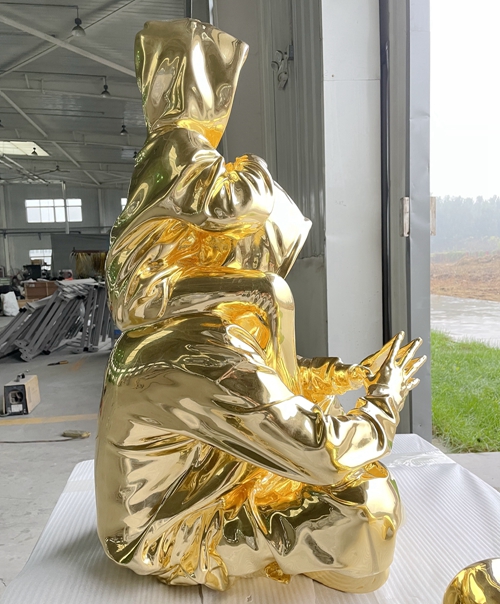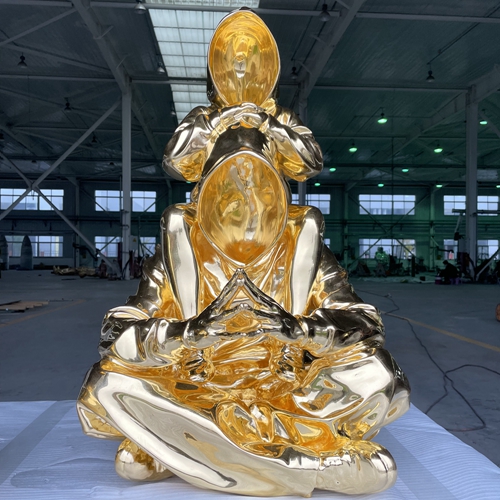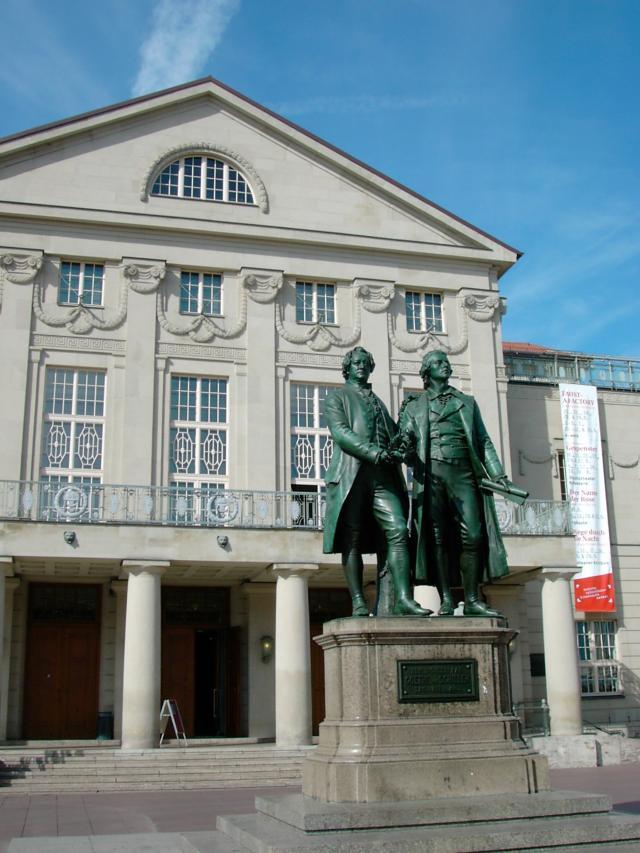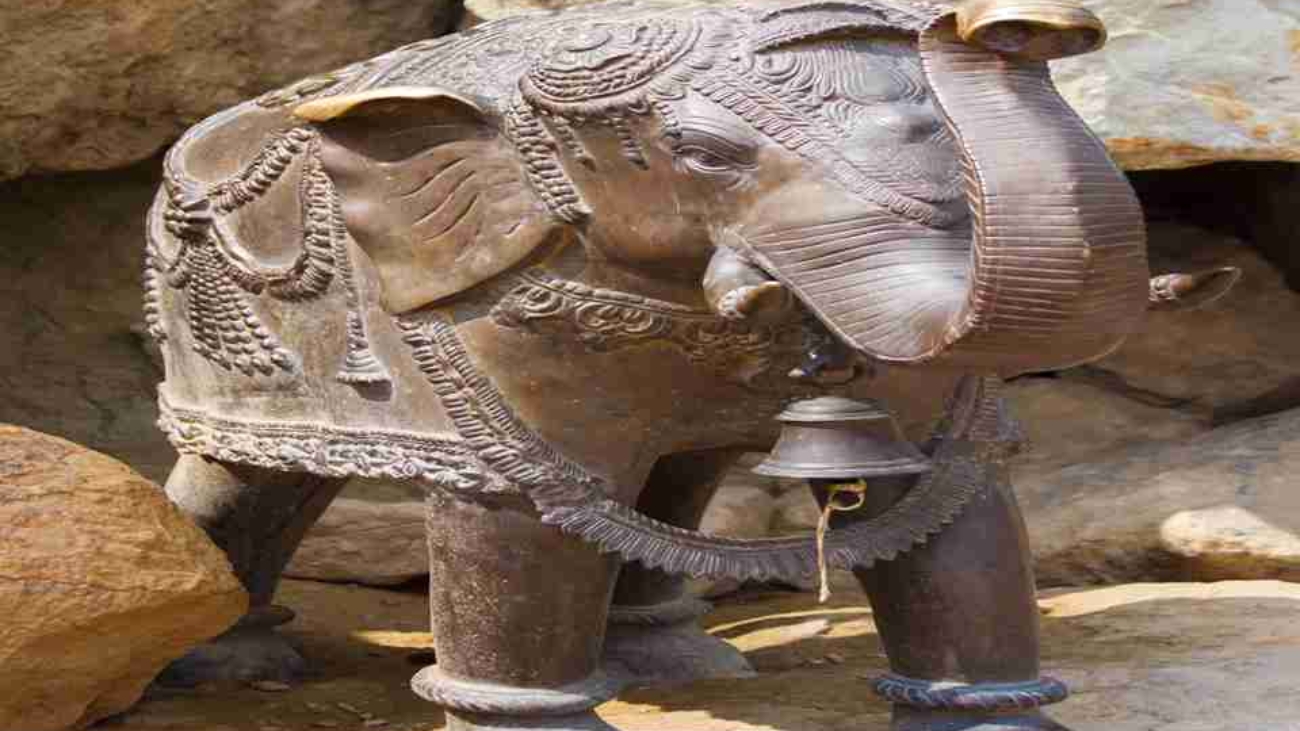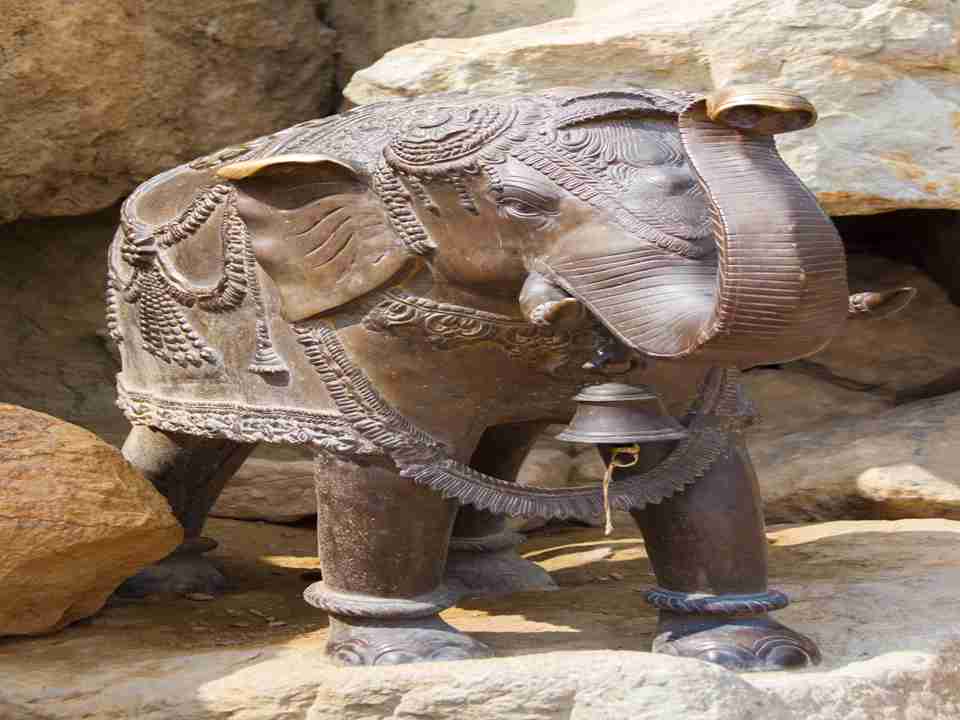In a world full of mass-produced decor, it can be hard to locate objects that look and feel real. Step into the domain of solid bronze sculpture, a medium that goes beyond trends to give you 永恒 (timeless) beauty, strength, and emotional depth. These sculptures aren’t just pretty objects that come and go. They stimulate conversations and make places feel nice to touch. A well-made, solid bronze sculpture can transform any area, from a minimalist living room to a company lobby to a garden, into a place to show off your uniqueness.
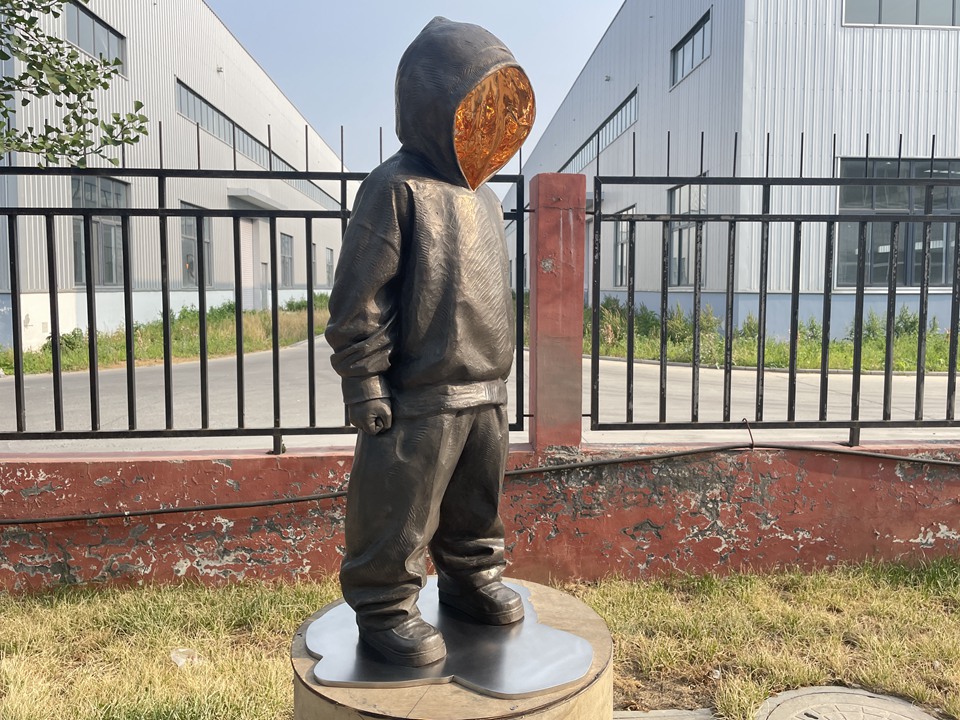
What Makes Solid Bronze Sculpture Unique
The type of material you use to construct a sculpture has a major impact on how it will affect other people. For thousands of years, artists have favored solid bronze because it is strong and can be used in numerous ways. Resin or plaster reproductions may become yellow or fracture with time. Bronze, on the other hand, develops a unique patina, which is a thin layer of oxidation that changes when it comes into contact with the environment, giving it depth and character. This live finish makes sure that each sculpture ages in its own way, so they are all one-of-a-kind treasures.
Artisans like solid bronze because it’s easy to shape when they’re making things, and strong once they’ve cast it. The lost-wax casting method has been around for hundreds of years and lets you add a lot of detail, like the soft curves of a person or the rough feathers of a bird. Bronze feels more permanent than lighter materials because it is hefty, deep, and exact. A solid bronze sculpture is more than simply a decoration; it’s a work of art that will last for years.
The process of making a solid bronze sculpture: from idea to finished product
The path of a solid bronze sculpture begins with an artist’s idea. Before casting, the first shape is made, changed, and approved. You can do this with clay, wax, or digital modeling tools. Lost-wax casting is an old process to build a mold around the original model and then melt it away to leave a hole. This mold picks up every detail of the pattern as you pour molten bronze into it. Around 1,800°F (980°C)e Mars gets hot enough to melt. It is taken out after it has cooled, been chased (smoothed), and been patinated. This is when chemicals are used to speed up the oxidation process and get the hues you want, which can range from rich greens to warm browns.
Some procedures are easier now because of modern tools like 3D scanning and printing, but the heart of the process is still making things by hand. Many painters still choose to do things by hand because they believe that the small mistakes that happen when they do things by hand make the picture more intriguing. This blend of old and new ideas makes solid bronze sculpture useful in modern design while also paying tribute to its historical value.
How to Put a Solid Bronze Sculpture in Your Modern Home
Because they are so flexible, bronze sculptures may fit in with a number of different styles. A figurative piece with mythological themes or historical figures could look great in a classic space. On the other hand, abstract bronze shapes with sharp lines and geometric shapes look great in modernist homes since they give warmth without being too much for minimalist design. Bronze sculptures that can stand up to the elements can manage both rain and shine. They also change over time while they are outside.
Lighting is very important for showing off great works of art. The light and shadows shift throughout the day when you set a sculpture near a window or under spotlights. This makes its textures and shapes stand out. Adding marble bases, oak pedestals, or velvet curtains to bronze makes it stand out more and makes it look like it’s part of a carefully planned story.
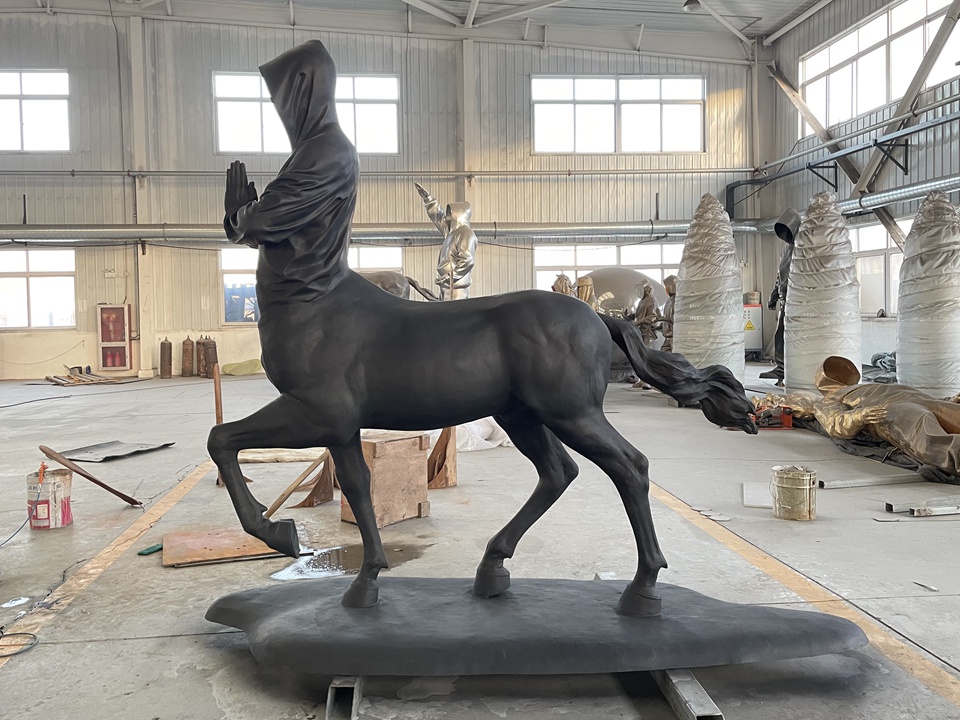
A big bronze statue is more than simply a gorgeous face.
A solid bronze sculpture may cost more at the beginning than a mass-produced one, but it will survive longer and could increase in value over time. On the other hand, bronze art usually gets more valuable over time, especially if it was made by a famous artist or in a limited edition. Some sculptures can sell for six figures at auction, and collectors see these works as real investments.
Not only is buying a solid bronze sculpture a fantastic way to invest your money, but it’s also healthy for your mental health. Studies have shown that having art in your home may help you relax and boost your creativity, making even the most boring places sources of inspiration. A bronze sculpture reminds us of beauty and expertise every day, and it makes our lives better in ways that go beyond its size.
The End of the Lasting Impact of Solid Bronze Sculpture
When people throw things away, the solid bronze sculpture shows that art and materials can last. It will stay popular for hundreds of years because it can adapt to the times while keeping what makes it appealing. These sculptures connect the past with the present, whether they are for fun, a corporate statement, or a public display. They tell people to stop, think, and realize how lovely human creation is.
There are more things people can do to make their homes more attractive and significant than just acquire a solid bronze statue. It’s a legacy that will last. Explore the realm of bronze art and see how this ancient medium still has a huge impact on current art. Every place may convey a narrative that will last forever with a strong bronze sculpture. The Beauty of Solid Bronze Sculpture: Give Your Space a Timeless Look
In a world full of mass-produced decor, it can be challenging to locate items that are both authentic and beautiful. Step into the world of solid bronze sculpture, a medium that goes beyond what’s trendy to give you beauty, strength, and emotional depth that will remain forever. These sculptures, on the other hand, get people talking, draw attention, and make locations seem better. A well-made, solid bronze sculpture can turn any area, from a basic living room to a business lobby to an outdoor garden, into a gallery of personal expression.
What Makes Solid Bronze Sculpture Unique
The material you choose has a major impact on how people will feel about a sculpture. Artists have preferred solid bronze, which is a mix of copper and tin, for thousands of years because it is so strong and can be used in so many ways. Bronze doesn’t crack or turn yellow like plastic or plaster copies do. Instead, it obtains a unique patina, which is a thin layer of oxidation that changes when it touches the outside world. It adds depth and character to it. This living finish makes sure that each sculpture evolves in its way, so each one is a unique piece of art.
Artisans like solid bronze because it’s easy to work with and stays strong when it’s cast. You can add a lot of detail with the lost-wax casting method, which has been used for hundreds of years. For example, you can make the soft curves of a person or the scratchy feathers of a bird. With this level of realism, the weight and bark of bronze, comparisons probably won’t go under Gonzo’s skin. A solid bronze sculpture is more than just a decoration; it’s a work of art that will last a long time.
How to Make a Solid Bronze Sculpture: From Idea to Reality
The artist’s idea is what makes a solid bronze sculpture. Before continuing on to casting, the first shape is made, improved, and approved. You can do this with clay, wax, or digital modeling tools. In the classic manner of lost-wax casting, a mold is produced around the original shape, and then the model is burned away to make a hole. The metal in this mold is heated and melted to a temperature over 1,800°F (980°C). It illustrates all the parts of the design. After the sculpture has cooled, it is peeled off, chased (smoothed), and patinated. This is when chemicals are used to speed up oxidation and get the colors you want, such as warm browns and deep greens.
Some procedures are easier now because of new technologies like 3D scanning and printing, but the heart of the process is still making things by hand. Many artists still wish to produce things by hand because they consider that the minor faults that emerge from human touch make the object more intriguing. This mix of ancient and new styles makes solid bronze sculpture still relevant in modern design while also showing how important it is in history.
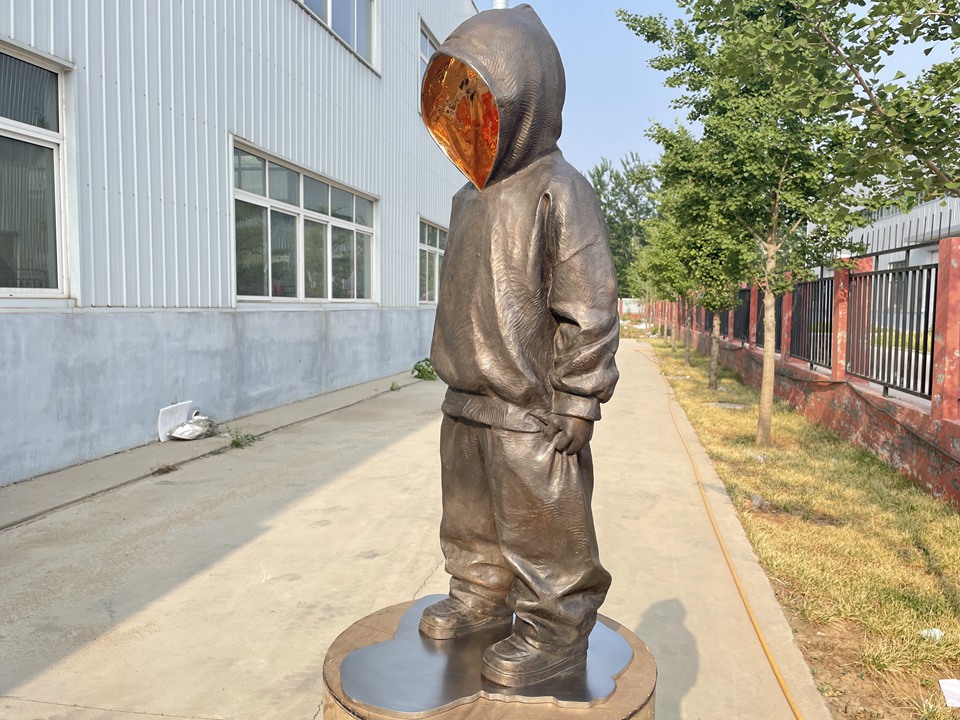
How to Use Solid Bronze Sculpture in Your Home Today
There are so many ways to employ solid bronze sculpture that it can appeal to a wide range of tastes. A figurative piece that shows legendary notions or real people from history could be a good addition to classic design. On the other hand, abstract bronze sculptures with sharp lines and geometric shapes look great in modernist interiors. They make things feel warmer without making a minimalist design look too busy. Bronze sculptures that can be used outside can handle both rain and sun. While they are outside, they also change in amazing ways.
Lighting is highly important for showing off great paintings. Putting a sculpture near a window or under lighting makes it easier to notice the textures and shapes of the sculpture. The shadows will look different at different times of the day. Putting bronze alongside items that fit well with it, such as marble bases, wood pedestals, or velvet drapes, makes it more than just an object; it becomes part of a carefully chosen story.
When you buy a solid bronze sculpture, it’s not just about how it appears.
A solid bronze sculpture may cost more at the beginning than a mass-produced one, but it will last longer and may even go up in value, which is what makes it worth more in the long term. On the other hand, bronze art often gets more valuable over time, especially pieces made by famous artists or in small editions. People who collect these items see them as real assets. Some sculptures have sold for more than $100,000 at auction.
A good bronze sculpture is wonderful for your mind and your money. Studies suggest that having art in your home can help you relax and boost your creativity, converting boring spaces into places that inspire you. People will always want to see a bronze sculpture since it is a beautiful and well-made work of art. It makes people’s lives better in ways other than its size.
In the end, a solid metal sculpture leaves a mark that lasts.
In a world when everything is thrown away, solid bronze sculpture reveals that art and materials can survive. It will always be popular since it can change with the times and still look good. These sculptures link the past to the present. Whether they are for personal use, as a business statement, or as a public installation, they make people stop, think, and appreciate the beauty of human creation.
People who want to make their houses more beautiful and meaningful can do more than just acquire a solid bronze sculpture. It’s a legacy that is being built. Look at bronze art and see how this old medium still makes art that is more beautiful and strong than anything else. A solid bronze sculpture may communicate a message that will last eternally in every area.

